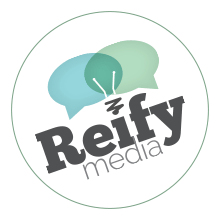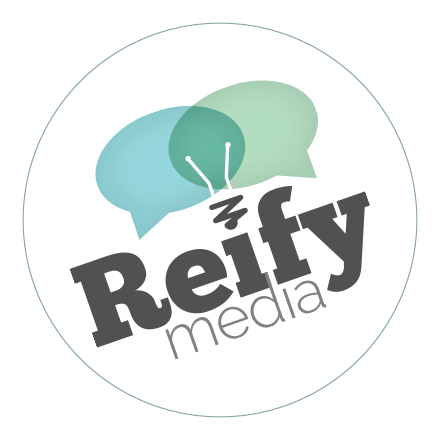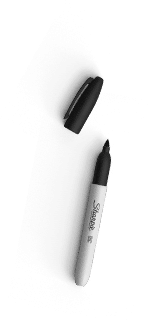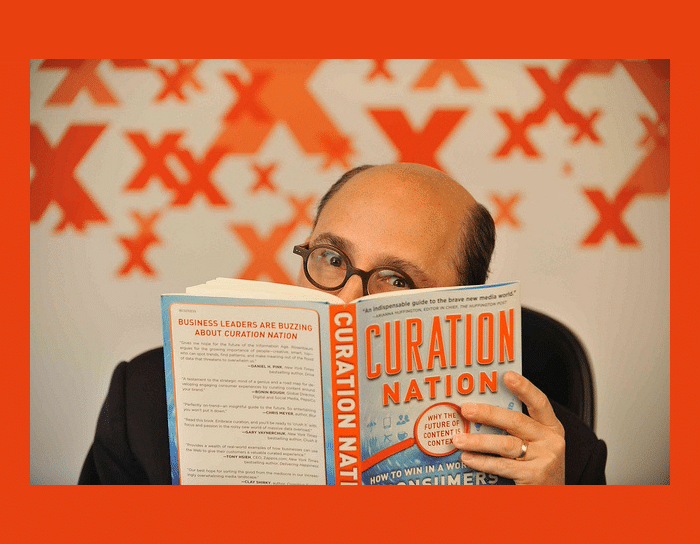I’m going to admit my age here, but join me on a walk down memory lane.
Remember elementary school reports? Perusing the encyclopedia for relevant information on say, Jupiter, never questioning whether that information was up to date, unbiased, or well researched? If you were feeling ambitious, you might trek to the local library to get the latest book on the planet but even then, you were limited to the options available to you. And you know what? That was fine.
If you were to write the same report today, where would you go for information? The internet, of course. The first search result is from Wikipedia, then you might peruse pictures from NASA, a documentary on YouTube, an article from Scientific American, and Fun Jupiter Facts for Kids… and that’s just on the first results page!
In the last few decades, the problem with gathering information has changed from scarcity to over-abundance. How do you process hundreds of options for information about Jupiter? How do you discern what matters? What’s reliable? How do you focus on your questions about the topic rather than getting distracted by a rabbit hole of videos and memes?
“Curation Nation: How to Win in a World Where Consumers are Creators” by Steven Rosenbaum makes the bold and (to me, at least) refreshing claim that the solution to this problem is YOU. That it’s only humans—not algorithms or aggregators–who can morph this swirl of information into something useful. We are, claims Rosenbaum, natural curators: we’ve got taste, a feel for nuance, and a sense of what matters to particular audiences. In a world that threatens to be overcome by information, “human beings are very much back in charge.”
Ready to be the boss of that information? Here are a few things to keep in mind as you roll up your sleeves:
Three Key Curation Principles:
1. You are already a curator…
Every time you make a choice about what to buy, what to put on your phone, or what to “like” on social media, you are curating content. You are shaping your own experience of the world with your choices, and thereby shaping the experiences of others, by implicitly giving your “thumbs up” to places, people, and stuff.
Powerful, right? But Rosenbaum says that before you get to carried away with your own influence, you should remember there’s a flip side to that coin…
2. …you are also curated.
While it’s true that your choices shape your own and others’ experience of the world, your experience of the world is also limited by (you guessed it) other people’s curation choices.
Sure, the rarified museum employee who shapes art exhibits is what comes to mind when we hear the word “curator.” But you know who else is a curator? The DJ at that excellent party last week. The shop owner down your street as well as every employee at Zappos.com. The blogger whose “Top Ten Recipes” landed in your inbox. Rosenbaum points out that all these people shape your experience of the world, just as you are shaping theirs.
3. To negotiate that balance, begin with the whole story.
Remember, curation is a wholly human endeavor—we have taste and attention to audience needs that no algorithm can mimic. But before you can decide what matters to you and your audience, you need to also know what’s out there that doesn’t matter. You need the whole story. To get it, try one of these content aggregators.
- Google Alerts: This service creates search engine results using filters you create, then delivers the results to your inbox. You can choose the medium (news, blogs, videos, books, discussion, etc) and the frequency—daily, hourly, or as-it-happens. Great for following a specific topic or tracking the discussion about your brand.
- Twilert.com (or a similar Twitter alert system): Rosenbaum calls Twitter an “uber-aggregator,” and these tools really allow you to use it that way. Enter search terms to track an issue you care about, monitor your brand, follow links and stories that move you or your business forward. Twilert sends you an email with relevant tweets, and you pick the frequency: daily, hourly, or almost-in-real-time.
- Google Keywords, SEMrush and similar tools for keyword searches: It seems counterintuitive to research common search terms about your topic: doesn’t that just buy into the noise you’re trying to make sense of? And yes, you could look at it that way. However, it’s also a look into what people find interesting about a topic…and it might not be what you’d expect! Knowing popular key words can help you take your content in directions that set your curation apart.
Where to Go with your Curation Capabilities
So let’s take a look at that report from earlier about Jupiter. What should you do with that “data free-for-all” that’s at your fingertips? Rosenbaum would remind you that you’re in the powerseat—you know your audience and what they want (and don’t want) from your report. That allows you to cut through the noise with a purpose in mind—the natural work of a curator.
But Rosenbaum would say you can’t stop there. Part of curation, he encourages, is conversation. You’ve got some data on Jupiter? Share it! Put it out there into the data free-for-all so that others can find it amid the noise for their specific audience.
I recommend “Curation Nation” by Steven Rosenbaum if this topic interests you—find it here on Amazon. Or let us know in the comments if you have a favorite book, podcast, or article about how curation shapes our world.
In a commencement address, President Obama warned students that all too easily, “Information becomes a distraction, a diversion, a form of entertainment, rather than a tool for empowerment.” The answer? Go forth and curate.




























